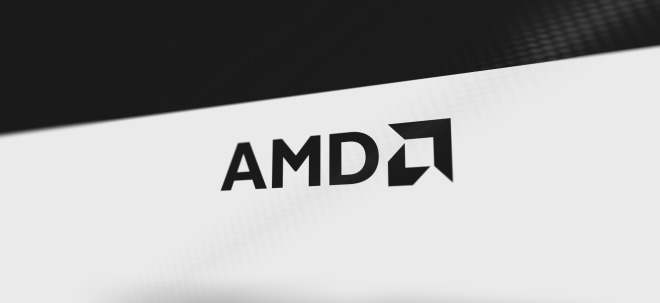AIG ‘Money in the Door’ Deals Reap $3.2 Billion for Bondholders March 10 (Bloomberg) -- American International Group Inc.bondholders reaped at least $3.2 billion after the bailed-out company announced deals to sell its two largest non-U.S. life insurance divisions for $51 billion. AIG’s $78 billion of bonds surged to 18-month highs since Feb. 26, the last trading day before the insurer disclosed the first of the two divestitures, according to Bloomberg data. The New York-based firm’s debt is the best performer this month through yesterday on Bank of America Merrill Lynch indexes. Its subordinated debt jumped as much as 13 cents on the dollar. The insurer, once the world’s largest, said March 1 it was selling AIA Group Ltd. to Prudential Plc for $35.5 billion. A week later, MetLife Inc. agreed to buy AIG’s American Life Insurance Co. for $15.5 billion. After the transactions, AIG will have “more than sufficient” assets to repay senior debt, according to analysts at CreditSights Inc. “That’s money in the door,” said Jason Brady, who oversees $8 billion in fixed-income securities including AIG debt at Santa Fe, New Mexico-based Thornburg Investment Management Inc. “The assets that they have on their books may actually be worth something, which ultimately is good for everybody, but especially for bondholders.” AIG’s $4 billion of 8.175 percent junior subordinated debentures due in 2058 have soared 13 cents to 79.5 cents on the dollar since Feb. 26, for a paper gain of $520 million, according to Trace, the bond-pricing system of the Financial Industry Regulatory Authority. The securities traded at a low of 12.5 cents in April, Bloomberg data show. ‘It’s Been Amazing’ “It’s been amazing,” said Daniel Fuss, vice chairman of Boston-based Loomis Sayles & Co., which manages more than $140 billion, including AIG debt. “It looks like they might’ve made it. They got fair or good prices for those assets.” AIG speculative-grade debt returned 6.1 percent, including reinvested interest, since Feb. 28, the best gain of the 50 biggest issuers in Bank of America Merrill Lynch’s Global High- Yield index. The insurer’s investment-grade bonds rallied 4.8 percent, compared with a gain of 0.108 percent for the Global Broad Market Corporate Index. Bondholders’ gain of at least $3.2 billion is based on the change in market value since Feb. 26 for the $71 billion of AIG debentures for which prices were available, or about 90 percent of total bonds outstanding, according to Bloomberg data. AIG has struck deals to raise $63 billion since its September 2008 bailout. The largest agreements were for AIA, with customers in nations including China, India and Vietnam, and Alico, which operates in more than 50 countries including parts of Europe, Latin America and Japan. Proceeds from AIA and Alico will pay down most of the funds AIG drew from a $60 billion Federal Reserve credit line. Bailed Out AIG, which turned over a stake of almost 80 percent to the U.S. as part of its $182.3 billion bailout, owes more than $40 billion to the Treasury. The bailout also includes about $52.5 billion to buy mortgage-linked assets owned or backed by AIG. After the Alico and AIA deals are completed, AIG should have $114.5 billion in assets to cover its debt in a “best case” scenario, or 1.8 times its senior debt, according to a report from New York-based CreditSights. In a “mid case” that assumes the assets are worth about 25 percent less, AIG should be able to cover 130 percent of the debt, according to the March 1 report. The asset sales go a “long way” toward repaying the Fed credit line, said Tom Walsh, head of U.S. high-grade research at Barclays Capital in New York. ‘The Upside’ “The prices are viewed by the market as being favorable for AIG because there were some numbers thrown around over the course of many months that were lower,” he said. “The upside came to fruition.” AIG shares have surged 32 percent to $32.77 in New York Stock Exchange composite trading since Feb. 26. Credit-default swaps protecting against a default by AIG have plunged 200 basis points to 351 basis points, the lowest since before the bailout, according to CMA DataVision. That means it would cost the equivalent of $351,000 a year to protect $10 million of AIG debt against default for five years. Chief Executive Officer Robert Benmosche still must halt losses at AIG’s consumer lender and mortgage guarantor and find a new CEO for Los Angeles-based International Lease Finance Corp., the plane-leasing that said in February that CEO Steven Udvar-Hazy was stepping down. AIG posted a fourth-quarter net loss of $8.87 billion on Feb. 26, which narrowed from $61.7 billion a year earlier when AIG recorded the biggest loss in U.S. corporate history. The wider-than-expected loss in the three months ended Dec. 31 included $6.7 billion in charges fueled by paying down the Fed credit line. “The credit quality is tough,” Brady said. “It’s a really big company with some really big liabilities and some significant issues. It’s not for the faint of heart, that’s for sure.” http://www.bloomberg.com/apps/...mp;tkr=AIG%3AUS&sid=a6CT4Hc33MD8 |


 Thread abonnieren
Thread abonnieren

